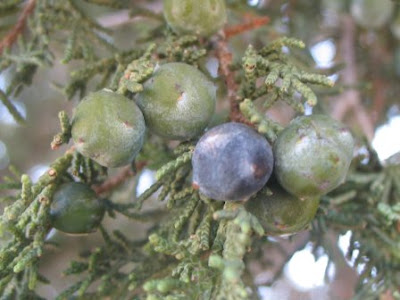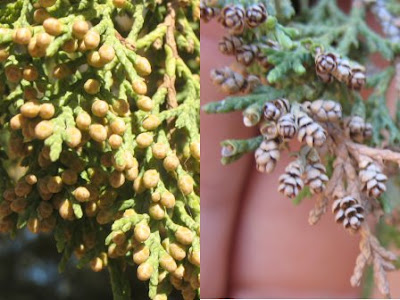 The Common European Beech tree (species - Fagus sylvatica) is native to central Europe growing from Sweden south to Spain and from England east to Turkey. The images in this post are of the "Purpurea" variety (purple colored leaves) of a tree in the "Fuentedel Berro" park of Madrid.
The Common European Beech tree (species - Fagus sylvatica) is native to central Europe growing from Sweden south to Spain and from England east to Turkey. The images in this post are of the "Purpurea" variety (purple colored leaves) of a tree in the "Fuentedel Berro" park of Madrid. These trees are not found as far south as the city of Madrid growing wild. About an hours drive north of Madrid can be found an ancient Beech forest that is one of the farthest south in Europe. It is called the "Hayedo de Montejo". Beech in Spanish is "Haya" and a Beech forest is a "Hayedo". I have had the privilege of visiting this ancient grove of Beech trees and it is indeed an enchanting and beautiful place full of the kind of trees that you would expect to find in a fairy tale. I hope to visit the Hayedo de Montejo later this fall to get some good images of its Beech trees.
These trees are not found as far south as the city of Madrid growing wild. About an hours drive north of Madrid can be found an ancient Beech forest that is one of the farthest south in Europe. It is called the "Hayedo de Montejo". Beech in Spanish is "Haya" and a Beech forest is a "Hayedo". I have had the privilege of visiting this ancient grove of Beech trees and it is indeed an enchanting and beautiful place full of the kind of trees that you would expect to find in a fairy tale. I hope to visit the Hayedo de Montejo later this fall to get some good images of its Beech trees. The visit to the Hayedo de Montejo has to be reserved in advance and is conducted in the company of a guide who leads you through the ancient grove and explains the history of the Beech forest. One distinct memory that I have of the visit was not beingallowed to step off the path for fear of stepping on one of the Beech saplings. The guide explained that the saplings grow very slowly for the first few years and that even at five years of agemight only be 6-12 inches tall and hard to see while walking.
The visit to the Hayedo de Montejo has to be reserved in advance and is conducted in the company of a guide who leads you through the ancient grove and explains the history of the Beech forest. One distinct memory that I have of the visit was not beingallowed to step off the path for fear of stepping on one of the Beech saplings. The guide explained that the saplings grow very slowly for the first few years and that even at five years of agemight only be 6-12 inches tall and hard to see while walking. Given that the Hayedo of Montejo is in danger of disappearinggreat care is taken to preserve the young saplings.
Given that the Hayedo of Montejo is in danger of disappearinggreat care is taken to preserve the young saplings. I picked a mature "fruit" (seed pod) off the tree and took it home so I could study it some more.
I picked a mature "fruit" (seed pod) off the tree and took it home so I could study it some more. The next morning I was surprised to see that it had opened up (below) exposing two curvy, three edged seeds that were about 3/8 inch long (1 cm).
The next morning I was surprised to see that it had opened up (below) exposing two curvy, three edged seeds that were about 3/8 inch long (1 cm). The trunk base of this tree flares out quite a bit.
The trunk base of this tree flares out quite a bit.








































